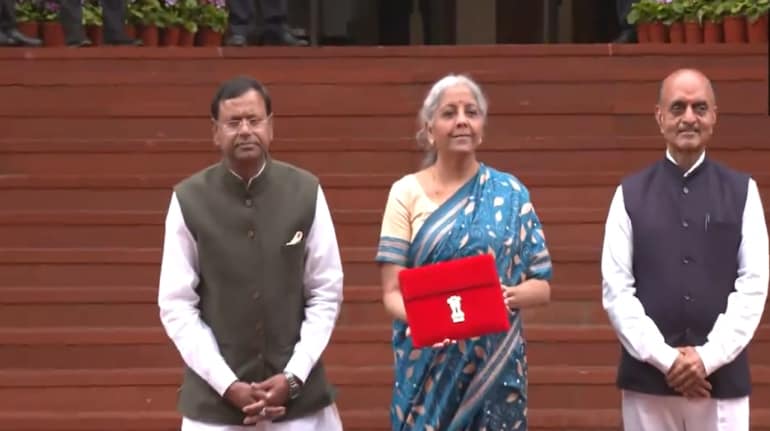
The Reserve Bank of India's Monetary Policy Committee (MPC) voted unanimously to keep the policy repo rate unchanged at 4 percent and the reverse repo rate at 3.35 percent. It also reiterated commitment to keep an “accommodative stance” as long as necessary to revive and sustain growth on a durable basis, while ensuring that inflation remained within the target.
The RBI noted the negative impact of the second COVID-19 wave on the economy and lowered the GDP growth forecast for the fiscal year 2021-22 to 9.5 percent from 10.5 percent.
The central bank reiterated the need for policy support and said “at this juncture, policy support from all sides—fiscal, monetary and sectoral—is required to nurture recovery and expedite return to normalcy”.
With regard to inflation, the RBI has adopted a wait-and-watch approach, highlighting risks emanating from rising commodity prices, logistics costs and disrupted supply chains.
It made a case for supply-side measures from the Centre and state governments to soften inflationary pressures. The statement said, “Excise duties, cess and taxes imposed by the Centre and states need to be adjusted in a coordinated manner to contain input cost pressures emanating from petrol and diesel prices. Further supply side measures are needed to soften pressures on pulses and edible oil prices.”
The headline CPI inflation forecast is pegged at 5.1 percent in the fiscal year 2021-22. This implies a negative real rate of 110 basis points based on the policy repo rate of 4 percent.
At this juncture, low-interest rates are needed to nurture the recovery in economic activity. However, persistent low or negative real rates could weaken macroeconomic stability and make the economy vulnerable to shock.
If growth gets back on track with the lowering of new coronavirus infections, the focus may shift to policy normalisation. Going by the trend, we expect the RBI to change its stance towards the end of the year and start withdrawing excess liquidity.
On policy rates, it may start with hiking the reverse repo rate first by early next year followed by a calibrated increase in the repo rate.
From bond markets perspective, the biggest announcement was the extension of the RBI’s bond-buying programme with GSAP 2.0. The central bank increased the size of GSAP program and committed to conduct secondary market purchases of government bonds of Rs 1.2 trillion in Q2 FY22 (July-September 2021).
Another significant move was to include state development loans (SDLs) into the GSAP ambit. It announced to split the remaining Rs 400 billion of GSAP 1.0 auction between Centre and state government bonds. The purchase operation will be conducted on June 17, 2021.
This will help in containing the yield spread of SDLs over respective central government securities from rising sharply. This will also support the ultra-long (30-40 years maturity) Gsecs that tend to follow SDL yields.
The announcements were largely in line with market expectations. The bond market remained more or less flat after the announcement, though yields were trading 1-2 basis higher than the previous day. By the end of the trading session, bonds sold off by three-four basis over the previous day.
The extension of GSAP programme should bode well for the bond market and keep yields in a narrow range near 6 percent in the the coming months. However, the expectation of a change in the monetary policy direction in the second half could weigh on the market sentiment.
We expect bond yields to move higher gradually over the medium term following the normalisation in liquidity conditions and policy rates.
Given the expectation of rising interest rates, it would be prudent for investors to focus on shorter-maturity funds, which are less affected when yields rise. Remember bond prices and debt funds’ NAV fall when market yields move up.
Conservative investors should stick to very short maturity debt categories like the liquid fund. Investors with a longer holding period and with an appetite to tolerate intermittent volatility could consider dynamic bond funds that can change the portfolio’s risk profile depending on evolving market situations.
We also suggest investors lower their return expectation from debt funds as the potential for capital gains will be limited going forward.
(The author is Fund Manager, Fixed Income, Quantum Mutual Fund)
Disclaimer: The views and investment tips expressed by experts on Moneycontrol.com are their own and not those of the website or its management. Moneycontrol.com advises users to check with certified experts before taking any investment decisions.RBI Monetary Policy | Investors should lower return expectation from debt funds - Moneycontrol.com
Read More

No comments:
Post a Comment